The “impossible” series continues with Puzzle #65. This is perhaps the hardest puzzle yet in the series. Give it a go to delve further into the mystery of Sudoku!
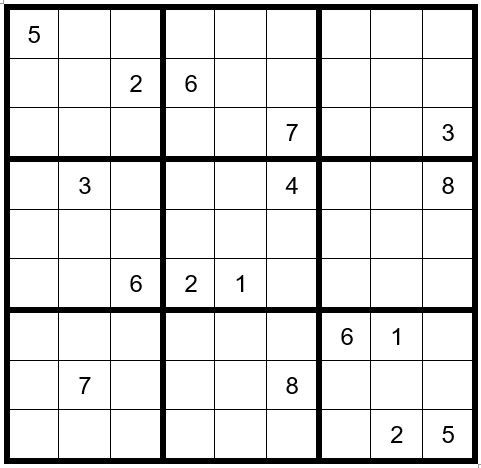
DAN’S 8-STEP APPROACH TO SOLVING ALL SUDOKU PUZZLES
Once you have completed the puzzle, to the extent that you have filled-in all obvious answers and have written all potential options across the top of the unsolved cells (PUZZLE PREPARATION), Dan recommends the following Steps to complete the puzzle.
Step 1: Sudoku Pairs, Triplets and Quads – See September 2015
Step 2: Turbos & Interaction – See October 2015
Step 3: Sudoku Gordonian Rectangles and Polygons – See November 2015
Step 4: XY-Wings & XYZ Wings – See December 2015
Step 5: X-Wings – See January 2016
Step 6: DAN’S YES/NO CHALLENGE
Step 7: DAN’S CLOSE RELATIONSHIP CHALLENGE
Step 8: AN EXPANSION OF STEP 7Steps 1-5 are relatively common techniques and are explained in the TI LIFE articles above. Steps 6-8 are covered in detail, in Dan’s book.
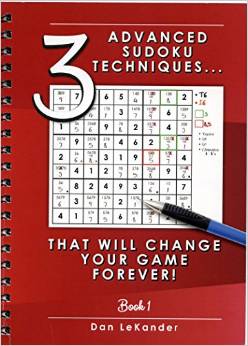
PUZZLE PREPARATION
Prior to utilizing techniques first complete the 5 Steps of Puzzle Preparation …
- FILL IN DATA FROM OBSERVATIONS
- FILL IN OBVIOUS ANSWERS
- FILL IN NOT-SO-OBVIOUS ANSWERS
- MARK UNSOLVED CELLS WITH OPTIONS THAT CANNOT EXIST IN THOSE CELLS
- FILL IN THE OPTIONS FOR THE UNSOLVED CELLS
First, we will look for obvious pairs. C1R2 & C3R1 are the only two unsolved cells in box one that can have options 3 & 7, so mark your grid as such, giving you Example #65.1 below:
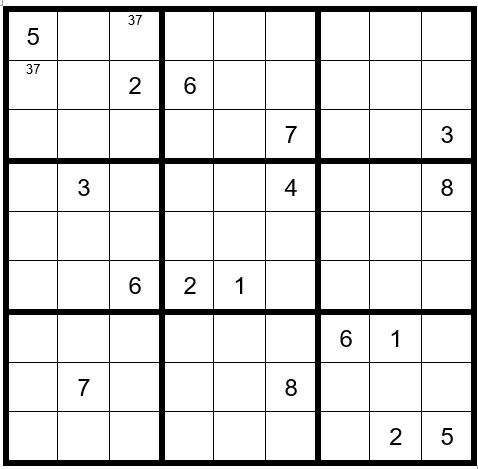
Now we will complete all of the first 4 steps in the order we observe them, versus all step 1, then step 2, step 3, and step 4 in order, before we move on to step 5.
We will start with the 1’s and navigate through 2’s to 9’s, then repeat the process until we conclude all step 1-4 clues.
The first thing we observe is that C7R9 (cell in column 7, row 9) =8 (obvious answer). Then, C9R7=7.
C7R8, C8R8 & C8R9 must have options 349, so insert the options into the puzzle.
Also, in box 5 an 8 can only be an option for C4R5 or C5R5; therefore, an 8 cannot exist as an option in C1R5, C2R5 or C3R5. Indicate this by placing a small 8 in the bottom of those three cells.
We can also see that the remaining unsolved cells in row 8 must have options 1256. There is already a 2 and 6 in columns 3 and 4; therefore, we have spotted an obvious pair for C3R7 & C4R7 of 15, so include those options and the options for C1R7 and C4R7 of 26. Now your grid should look like Example #65.2 below:
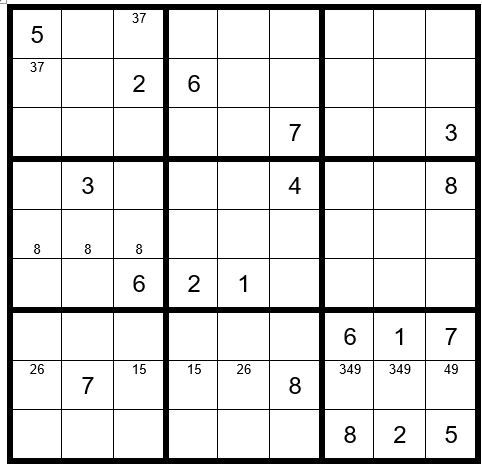
We have now completed Puzzle Preparation steps 1-4, so we will fill in the options for the remaining unsolved cells.
Now your grid should look like Example #65.3 below:
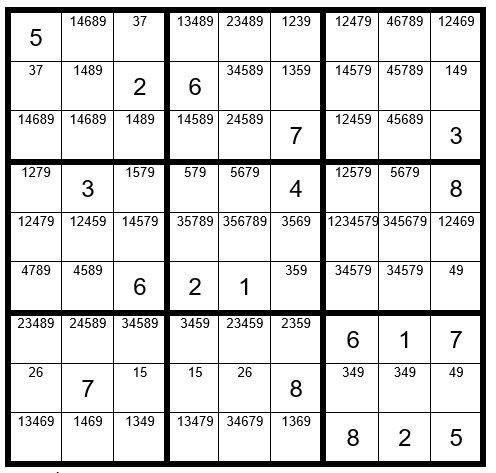
Steps 1-5
The first thing we notice is in column 9. C9R6 & C9R8 form an obvious pair, and therefore, no other unsolved cell in column 9 may have a 4 or 9 as an option. Since C9R2 has options 149, taking away options 4 and 9 leave C9R2=1. Now your grid should look like Example #65.4 below:
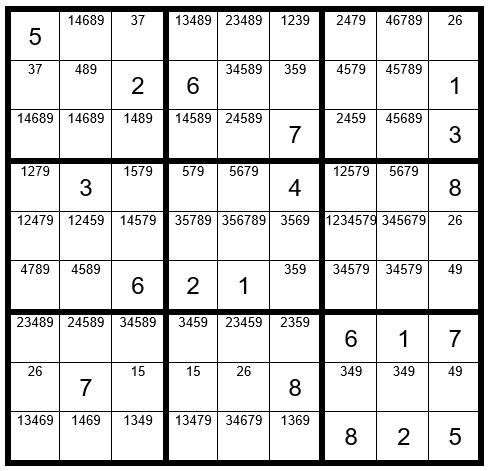
There are no other Step 1-5 clues.
We will now proceed to Step 6: Dan’s Yes-No Challenge. We will start by searching the 1’s to see if there is a potential Step 6 clue, and then navigate through the 2-9’s.
There are 3 circumstances that establish the potential for a Step 6 exercise:
- Look for just 2 unsolved cells in a box that contain the same option where these 2 cells are not in the same row or column.
- Look for just 2 unsolved cells in a column that contain the same option where these 2 cells are not in the same box.
- Look for just 2 unsolved cells in a row that contain the same option where these 2 cells are not in the same box.
In column 2 we find only two unsolved cells with the option 2, C2R5 & C2R7. Please refer to Example #65.5 below:
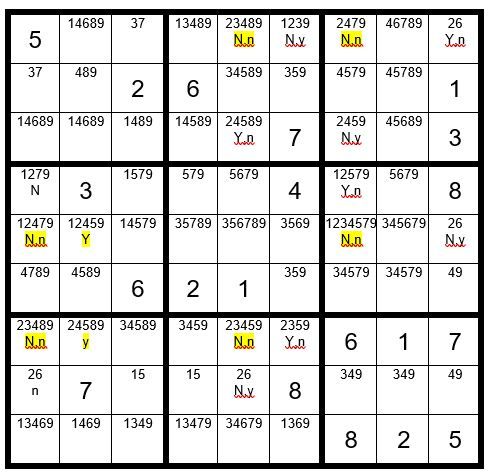
We start with C2R5 and assume it is the 2 and assign a “Y”. We then mark, as before, the cells which can and cannot be a 2 with the Y’s and N’s. We then assume C2R7 in column two is the 2 and assign a “y”. We then mark the cells which can and cannot be a 2 with the y’s and n’s. Where we see a N,n indicates those cells cannot be a 2 regardless of whether C2R5 or C2R7 is the 2 in column two. We can remove the 2 as an option from all six of the N,n cells, giving us Example #65.6 below:
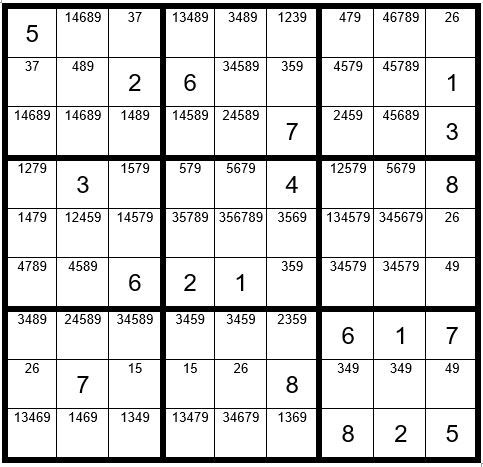
There are no further productive Step 6 clues.
We will move on to Step 7: Dan’s Close Relationship Challenge. In this exercise we will select any two-option unsolved cell as the driver cell. My first choice is C4R8 with the sequence 5,1 as marked below in Example #65.7. I chose this cell and sequence because this cell has multiple adjacent unsolved cells with 5 as an option and the 1 may track through the puzzle to give us significant information.
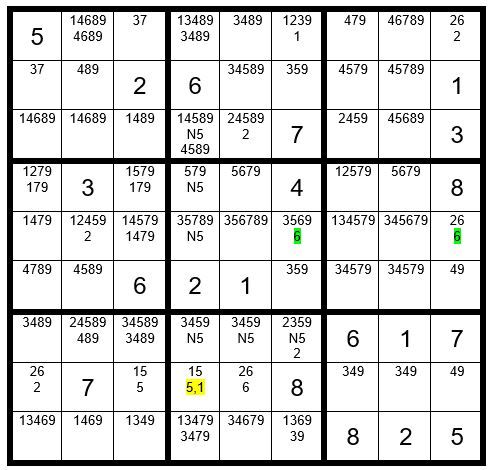
We know that C4R8 must be a 5 or 1. First, we will assume it is a 5. If this is true, then C4R3, C4R4, C4R5, C4R7, C5R7 & C6R7 cannot be a 5 (hence the notation N5).
Next, we will assume C4R8 is a 1. We will track the 1 through the grid to see the value of unsolved cells. If an N5 cell is a value other than 5, then we know that it is not a 5 regardless of whether C4R8 is a 5 or 1.
We next track C4R8 being a 1 through the grid above in the lower level of each unsolved cell. We can clearly see that C3R8=5. We also see that C4R9 & C6R9 cannot be a 1. We also see that C4R1 and C4R3 are not a 1, leading to C6R1 being a 1. Now the only cell in column 6 that can be a 2 is C6R7. (We have a long way to go yet, but you can now see that if C4R8 is a 5, then C6R7 cannot be a 5. If C4R8 is a 1, then C6R7 cannot be a 5. This tells us C6R7 cannot have a 5 as an option.)
Continuing on, we see that C5R8=6. C1R8=2. C2R5=2. C9R5=6. C9R1=2. C6R5=6. Oops, there are two cells now in row 5 that have 6 as an option. That tells us that C4R8 cannot be a 1; therefore, C4R8=5, giving us Example #65.8 below:
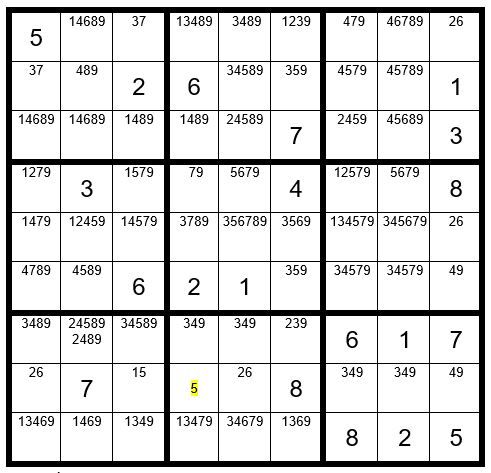
It follows that C3R8=1. Now your grid should look like Example #65.9 below:
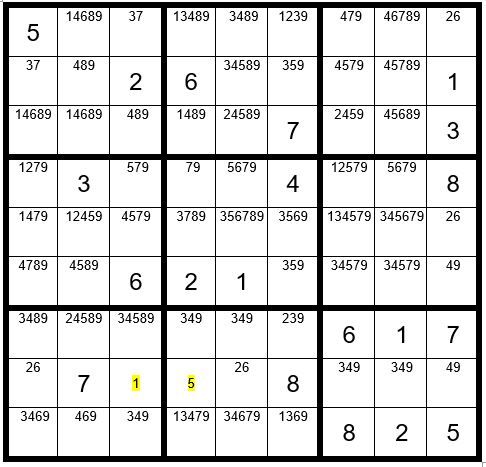
Looking at row 4 above you see a quad 5679 with C3R4, C4R4, C5R4 & C8R4, giving us the op-portunity to eliminate those digits from all other unsolved cells in row 4; therefore, C1R4 & C7R4 have options 12.
Now your grid should look like Example #65.10 below:
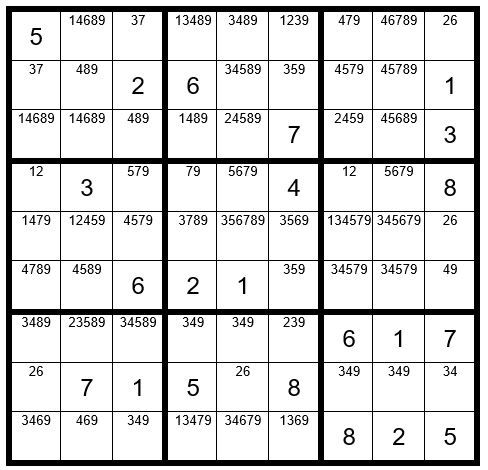
Well, we have narrowed the field a bit, so we will now perform another Step 7, giving us Ex-ample #65.11 below:
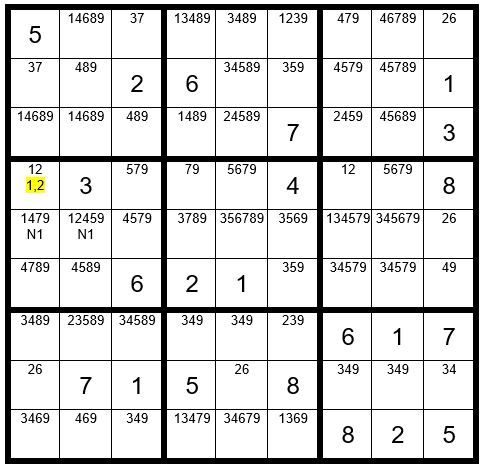
We will choose C1R4 for the driver cell with the sequence 1,2, as per above example. Tracking the 2 through the grid is rather extensive, however, the 2 ultimately tracks out. So C1R4=2. and this solves the puzzle. Solving a puzzle with a Step 7 Exercise is always a possibility, but not very common.
The final grid is Example #65.12 below:
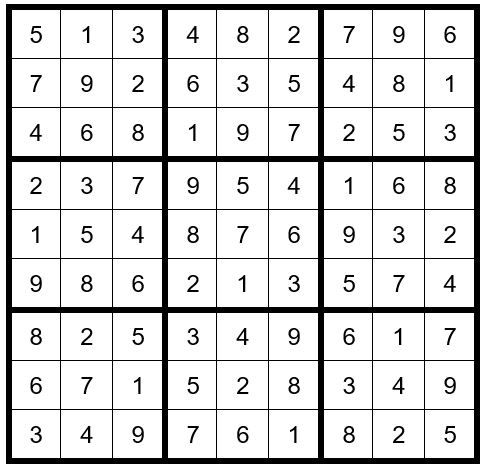
Well, that was a bit exhausting, but the effort produced the desired “win”, solving yet another “impossible” puzzle.
May the gentle winds of Sudoku be at your back.
By Dan LeKander, Wellesley Island
Editor's Note:
Each month I write that it was back in January 2016, when we published a final article in Dan's Series of Steps to learn the logic of Sudoku – that he asked if we would like a puzzle to solve every month … this editor said an enthusiastic… Yes, please! Now we are several years later and on Puzzle #64.
If you have not already done so, I suggest you purchase Dan’s book:
